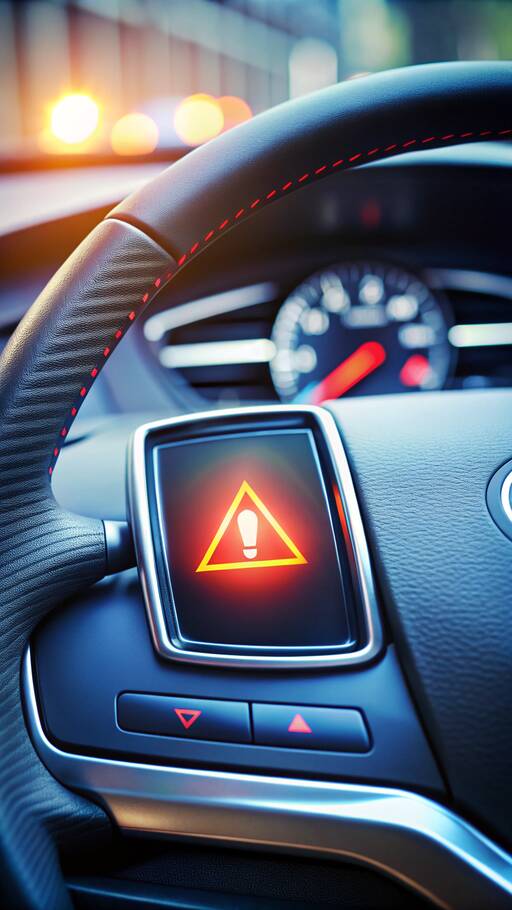
The National Highway Traffic Safety Administration (NHTSA) is moving forward with its plan to make automated emergency braking (AEB) a standard feature in all new vehicles. Announced in April, this mandate is set to take effect in September 2029, following eight years of industry discussions.
While many automakers support the initiative and have pledged to voluntarily adopt AEB, some industry groups are calling for a reevaluation. Sarah Puro from the Alliance for Automotive Innovation has expressed concerns about the practicality of certain requirements. The group advocates for technology that is both feasible and cost-effective while ensuring safety.
Automaker associations argue that the rule's demands could lead to overly aggressive braking behaviors and are not aligned with global standards. Nonetheless, NHTSA remains firm, rejecting most requests for revisions but clarifying some technical requirements based on feedback.
The National Transportation Safety Board (NTSB) praises the mandate for its life-saving potential. They encourage manufacturers to adopt the technology well before the 2029 deadline, citing long-standing support for collision avoidance systems.
Despite calls for revisions, the Alliance for Automotive Innovation continues to work with policymakers to refine regulations without compromising safety or incurring excessive costs. The dialogue between automakers, NHTSA, and safety boards continues.
In conclusion, while the push to make AEB technology mandatory is met with mixed reactions, it marks a significant advancement in automotive safety. By 2029, all new passenger vehicles will be equipped with AEB systems, potentially saving hundreds of lives each year. However, moving forward requires balancing technical feasibility with safety imperatives.